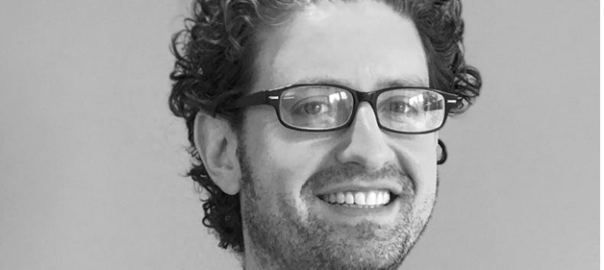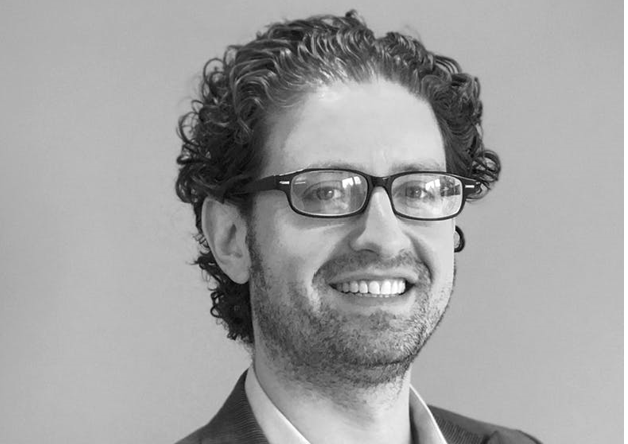
History of Cannabis in New York and Why It Matters Today
As New York’s adult-use program finally takes shape, it’s becoming likely that you’ll be able to legally purchase cannabis in the Empire State, without a medical card, in late 2022 or early 2023. This is all thanks to recent progress made by Governor Hochul and the Office of Cannabis Management (OCM) to allow hemp farmers to get seeds in the ground this spring and award initial retail licenses to social equity applicants most impacted by the War on Drugs. But as we celebrate these recent victories and look forward to seeing draft regulations in the next few months, on what might be the last 4/20 without adult-use sales, let’s take a step back and explore how we got here and how cannabis has changed in New York over the last hundred years.
Reefer Madness
Prior to the early 1900s, hemp was one of America’s most popular crops. Founding father George Washington and many early US presidents grew hemp in great abundance, largely for industrial purposes. In the 19th century, as hemp production waned, more potent forms of cannabis were used as ingredients in many medicinal products and sold openly in pharmacies across New York.
After the Mexican Revolution of 1910, a wave of Mexican immigrants popularized the recreational use of cannabis, which was often referred to as “marihuana.” Anti-drug factions played into American racism and started a nationwide campaign to outlaw the plant. As a result, cannabis was restricted to prescription only in New York State in 1914 and deemed completely illegal by 1927.
By the mid-1930s, these anti-drug forces, unofficially led by Harry J. Anslinger, the first commissioner of the newly created Federal Bureau of Narcotics (FBN), pushed the narrative that cannabis use led to violence, crime, and other socially-deviant behaviors. This was followed by a series of propaganda films, including the now-famous exploitation film, Reefer Madness. The following year the Marihuana Tax Act of 1937 was enacted, which effectively began the period of federal prohibition that still exists today.
The LaGuardia Committee
Despite the national denunciation of cannabis, certain pockets of America pushed back, and New York was in the thick of it. In 1944, a report drafted by Mayor Fiorello LaGuardia’s committee to investigate cannabis use in New York City concluded that cannabis did not lead to insanity or violence and found that the gateway theory lacked foundation. During the 1940s into the 1950s, cannabis was extremely popular in New York City, as wild outdoor cannabis grew in parks and gardens throughout the city.
Anslinger, who reacted harshly to this defiance, sought to bury the report, calling it “unscientific.” He commissioned a separate report from the American Medical Association to reflect the federal government’s official position on cannabis and disprove the statements of the LaGuardia report.
By the 1960’s, many started to reevaluate existing cannabis policy. Presidents Kennedy and Johnson commissioned reports that concluded that the drug did not elicit violence or addiction. As the hippie movement grew and collided with anti-Vietnam War efforts, attitudes towards cannabis improved, especially among the middle-class, but not for long.
The War on Drugs and the Rockefeller Drug Laws
As part of President Richard Nixon’s anti-drug efforts, Congress passed the Controlled Substances Act in 1970, placing cannabis alongside heroin and LSD as a Schedule 1 narcotic, the most restrictive classification, reserved for drugs deemed to have no medical benefit and the highest potential for abuse.
In 1973, cannabis was included in New York’s Rockefeller Drug Laws, some of the most draconian in the nation. Penalties for the sale and possession of cannabis were increased to a minimum of 15 years in prison. Thankfully, by 1977, cannabis possession was partially decriminalized in an effort led by Assemblyman Dick Gottfried, but public possession remained a misdemeanor until 2014.
The Start of A New Era
In 1997, Gottfried introduced the Compassionate Care Act, the predecessor to the state’s medical cannabis bill, which was finally enacted in 2014. As a result, the Department of Health (DOH) created the medical cannabis program and selected five cannabis operators – known in New York as “registered organizations” – to create a vertical cannabis entity with the ability to open four medical cannabis dispensaries and one cultivation site each. In 2016, five more registered organizations were selected by the DOH, slightly expanding the program.
Until recently, the medical cannabis program in New York was one of the most restrictive in the country. Now, as the adult use market gets off the ground, there are 40 medical cannabis dispensaries throughout the state, along with 10 cultivation sites.
In 2018, Governor Andrew Cuomo, after winning a closer-than-expected race from his political left against Cynthia Nixon (Nixon supported adult use cannabis legalization), instructed the DOH to study cannabis legalization. That same year, after being reintroduced by State Senator Liz Krueger, the Marijuana Regulation and Taxation Act (MRTA) was taken seriously for the first time. At the end of the 2018 session cannabis advocates and operators got together to push hard for passage of the MRTA, but it did not get a vote.
Cuomo then included his own, diluted version of the MRTA, known as the CRTA, in the 2019 budget, but again, neither came to the floor for a vote. Efforts to pass the MRTA then stalled in 2020 due to the pandemic.
It all came down to the 2021 session. Cuomo came in strong with his CRTA proposal for a third consecutive year, but simply had no leverage. As a result, by late March, the legislature passed, and the Governor signed the MRTA into law. In addition to regulating the taxation, cultivation, and sale of recreational cannabis, the bill set a lofty goal of awarding 50 percent of licenses to social equity applicants, meaning those from communities affected by the War on Drugs, women, veterans, and disadvantaged farmers.
While the passage of the MRTA led to a great deal of enthusiasm, largely due to the various scandals in the Governor’s office and an overall lack of urgency, the program stalled. For months the Governor failed to appoint leadership to the Office of Cannabis Management and the Cannabis Control Board. Finally, on September 1, Governor Hochul answered the collective prayers and nominated Drug Policy Alliance policymaker Chris Alexander for Executive Director and Assemblywoman Tremaine Wright for Chair of the Cannabis Control Board (CCB), a critical first step in getting the industry off the ground.
The Future Looks Bright
Slowly but surely, the OCM has been becoming operational and the CCB has been meeting regularly. Over the last few months, they have made substantial changes to the medical cannabis program, including allowing for the sale of whole flower, and have approved the long-awaited cannabinoid hemp program. Hemp growers are preparing to plant THC rich cannabis seeds this spring, and prospective applicants are excited to kickstart the industry.
The Empire State has historically been one of the most progressive states in the nation when it comes to certain social issues, including women’s rights, abortion rights, marriage equality, etc. While New York has a very spotty record when it comes to cannabis policy, the state has made incredible progress in the last eight years. After all the hard-fought victories, it is critical that the momentum continues, and the setbacks of the past are avoided. As they say, those who do not know history are doomed to repeat it.
Jordan Isenstadt is a Senior Vice President at New York City based public relations agency, Marino.

